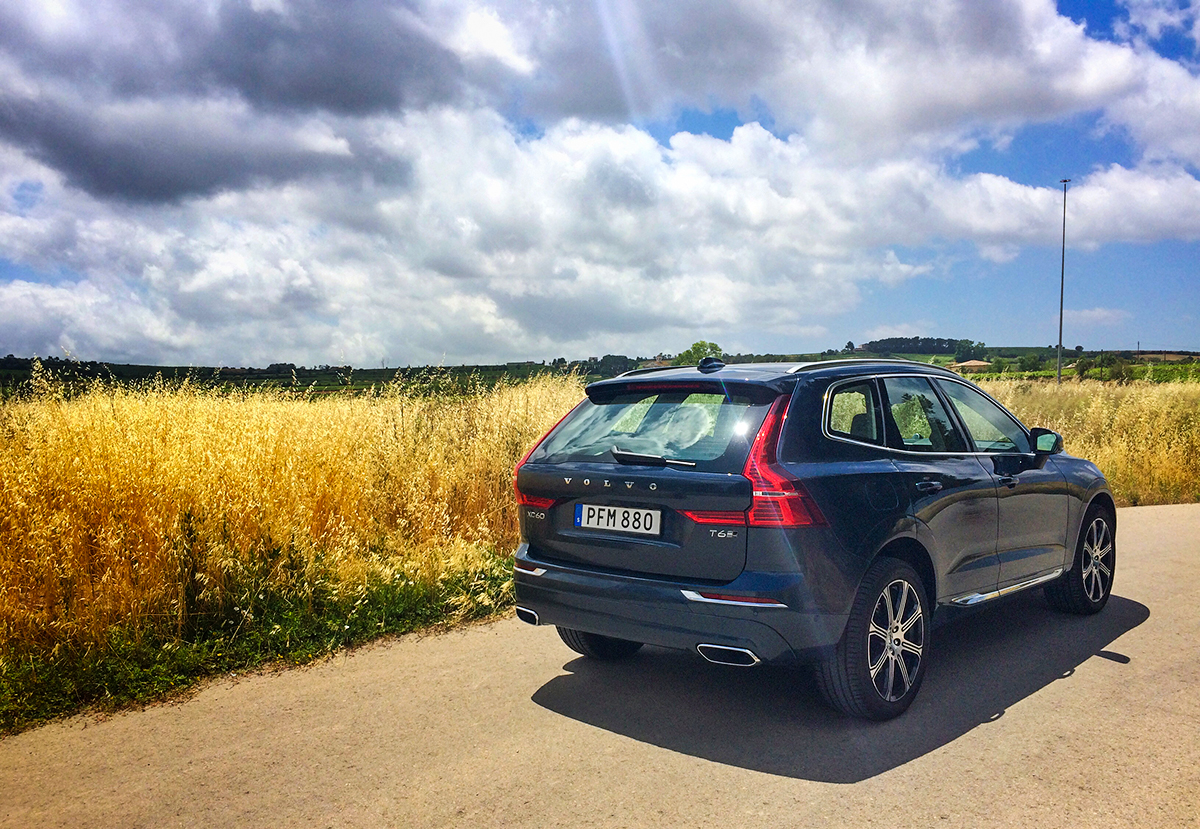Driven: Hyundai goes electric. Isn't it Ioniq?
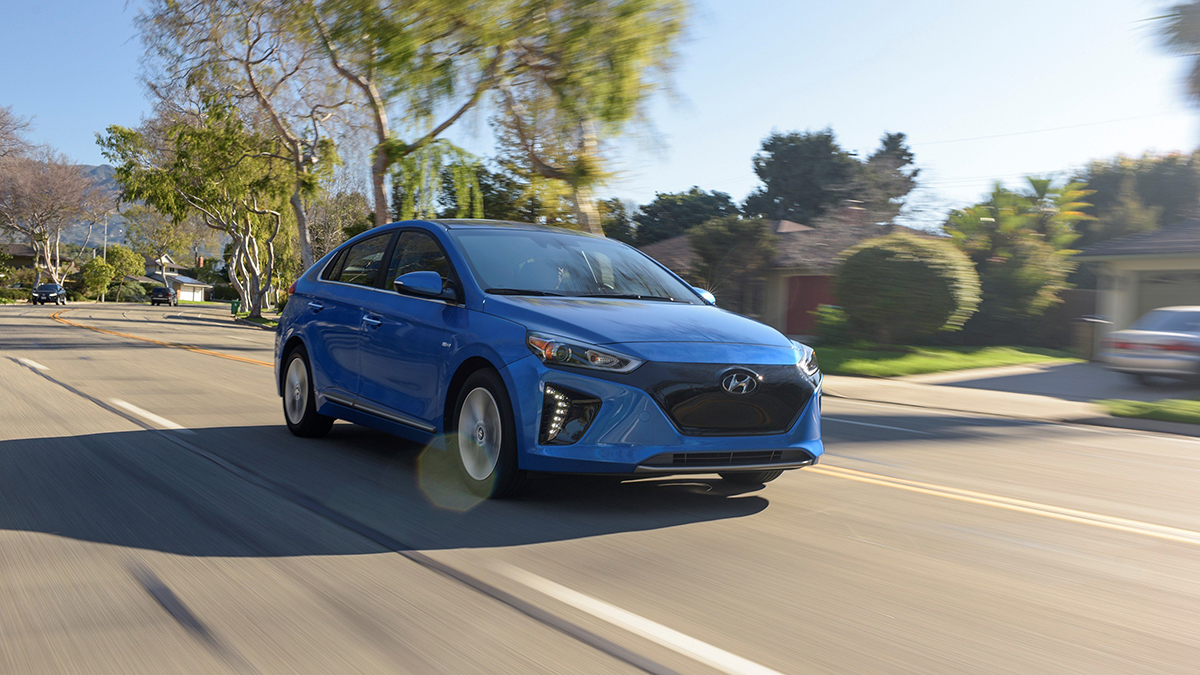
Americans have a love/hate relationship with electric cars. Actually, if we’re being honest, it’s mostly hate. In survey after survey car shoppers say they love the idea of the efficiency, but hate their lack of range, long charge times, higher purchase price, and the way electric cars drive.
As a result today just 2.8% of all vehicles on the road are some form of electric; Hybrid Electric Vehicles (HEVs), Plug-in Hybrid Electric Vehicles (PHEVs), and pure Electric Vehicles (EVs). 74% of those are traditional hybrids thanks to the fact range and charging aren’t issues with these cars. Other issues like a pretty significant price premium and mediocre driving dynamics seem to be holding them back from greater mainstream acceptance.
Enter the Hyundai Ioniq.
As you’d expect from Hyundai, the Ioniq lives at the value end of the electric vehicle spectrum. Currently available in two flavors, the Ioniq enters the market at $22,000 for its base HEV version and just $29,500 for the pure electric model, which nets out at $22,000 after the $7,500 federal tax credit. The PHEV Ioniq won’t be available until the fourth quarter and while pricing hasn’t been announced, we expect it to slot somewhere in between the HEV and EV. This makes it the first vehicle platform to be offered in all three electric powertrain options.
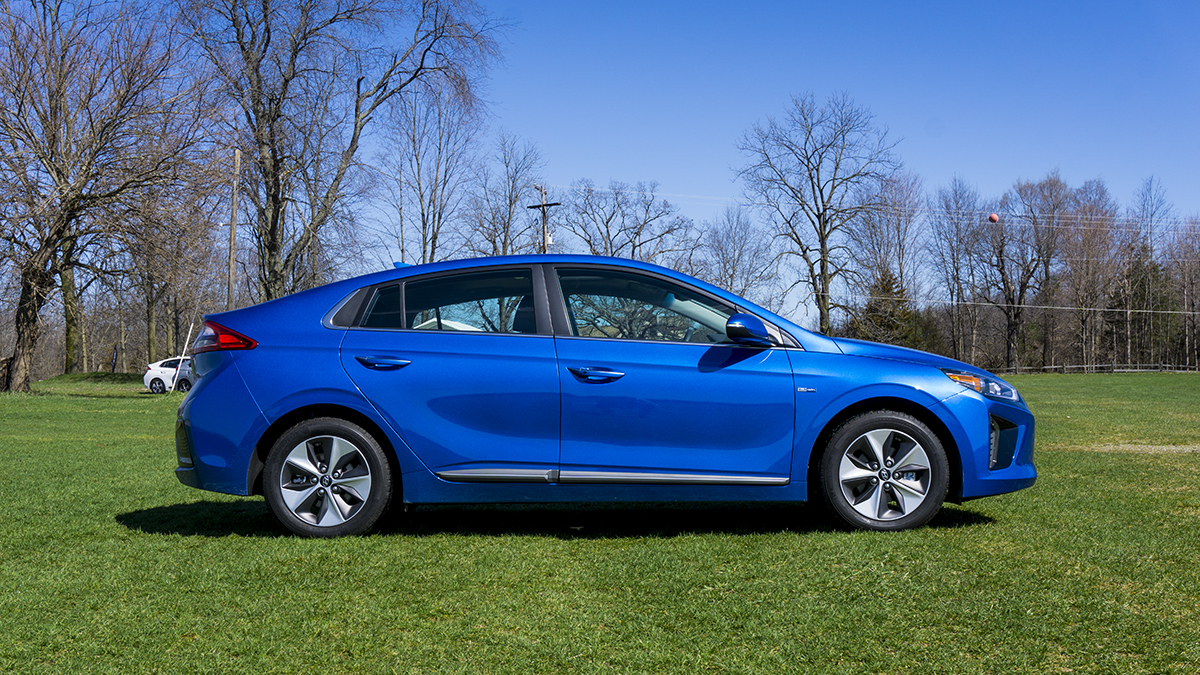
While the hybrid Ioniq is interesting – at 58 combined MPG, it is the most efficient hybrid on the road today, features a fully independent suspension, and a 6-speed DCT transmission – the version that most interested me was the pure electric Ioniq. So that’s what I’m going to focus on here.
The Ioniq electric takes home the title of most efficient electric car delivering 136 MPGe which is 32% more efficient than a Tesla Model S and 12% better than the Chevy Bolt. Overall range is a usable 124 miles. Hyundai made a strategic calculation here. Because of the high cost of batteries, they decided to go with 28 kWh of battery capacity, giving up 100 miles of range to the Bolt but at a starting price that’s $8,000 less. They’re betting that when people do the math and look at their typical driving habits, they’ll want to save the money up front and forgo a the extra range. After all, you can rent a lot of cars from Enterprise with the eight grand you save if you ever need to make a road trip.
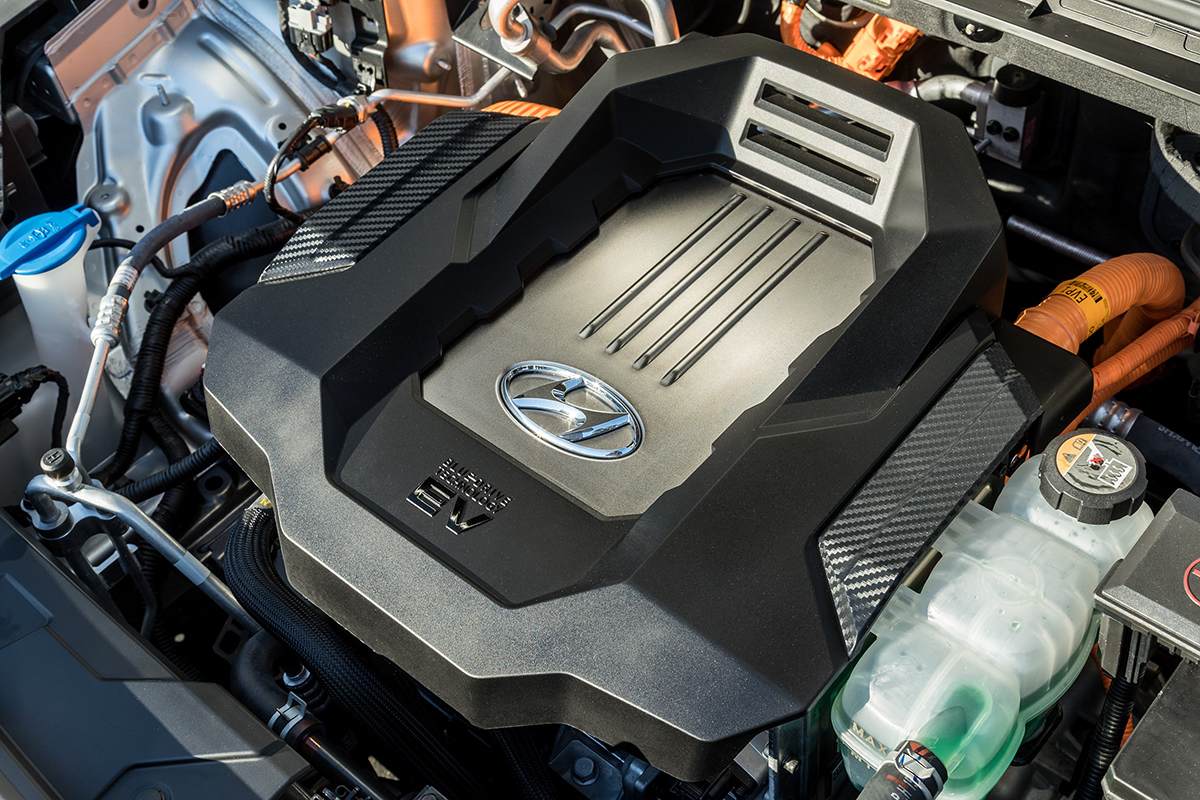
The Ioniq’s electric motor makes a reasonable 118 horsepower and delivers 215 pound-feet of torque. You’re not going to take home any trophies at the Great Lakes Dragaway with that kind of output, but it does jump immediately off the line and has plenty of oomph to get you up to highway speeds on any entrance ramp. The single speed reduction gear transmission smoothly applies the power to the front wheels. The biggest surprise with the performance of the Ioniq electric is there are no surprises. If it weren’t for the fact that the car is eerily quiet, you’d be hard pressed to tell the difference between it and an internally combusted compact sedan.
The Ioniq includes a fair amount of standard features in its base package. The on-board charging system includes DC fast charging in its standard configuration which is an option on the Bolt. Charge times are 4.25 hours with a Level 2 charger, and just 23 minutes to 80% on a Level 3 Fast charger. Your $22,000 also gets you seven airbags, a rearview camera, driver’s side blind spot mirror, LED running and tail lights, proximity key with push button start, approach door handle lighting, 7-inch LCD instrument cluster, heated seats, automatic temperature control, 60/40 split rear seats, a leather-wrapped steering wheel with audio, cruise, and smartphone controls in the wheel. The standard infotainment system includes a 7-inch touchscreen interface with HD radio, SiriusXM (free for three months), bluetooth connectivity, as well as Apple Carplay and Android Auto. If you step up a level for the limited package you also get Hyundai’s BlueLink telematics system which provides connected care, directions, remote charging, and other benefits for three years free of charge. Hyundai has taken a step forward in integrated technology, adding Amazon Alexa into this system connecting your home and car.
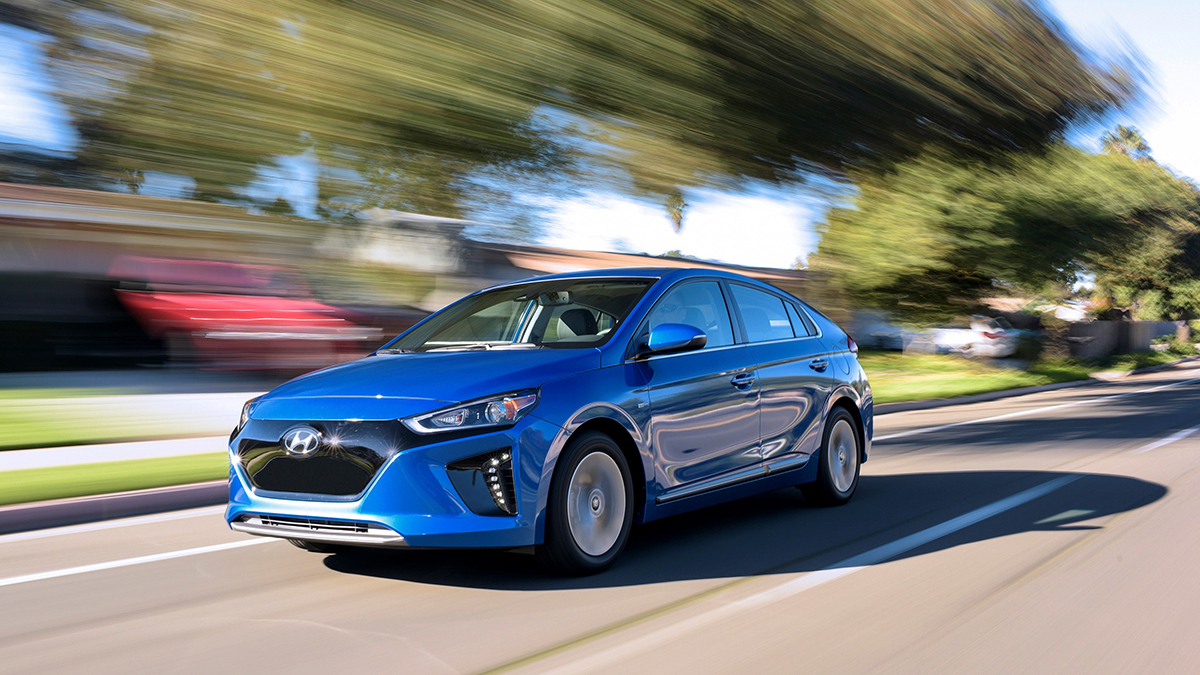
All that technology is well and good, and important for the younger buyers for whom this car is intended. The best news, however, may be in how it drives. No, the power and performance won’t have you running to the ophthalmologist to have your retinas reattached, but you can drive this car spiritedly as we did on a late spring morning from the Hyundai America Technical Center just outside of Ann Arbor about 60 miles to the quaint little burg of Williamstown for our lunch stop at Gracie’s Bistro. The Ioniq EV uses a torsion bar rear suspension instead of the hybrid’s independent multi-link setup to make room for the battery, but the difference is negligible. Overall, the experience is smooth, unruffled, and composed. There’s not an excessive amount of road noise transferred into the cabin even though it rides on low rolling resistance Michelin tires. You can opt for a set of 17-inch wheels and tires which improve the overall look.
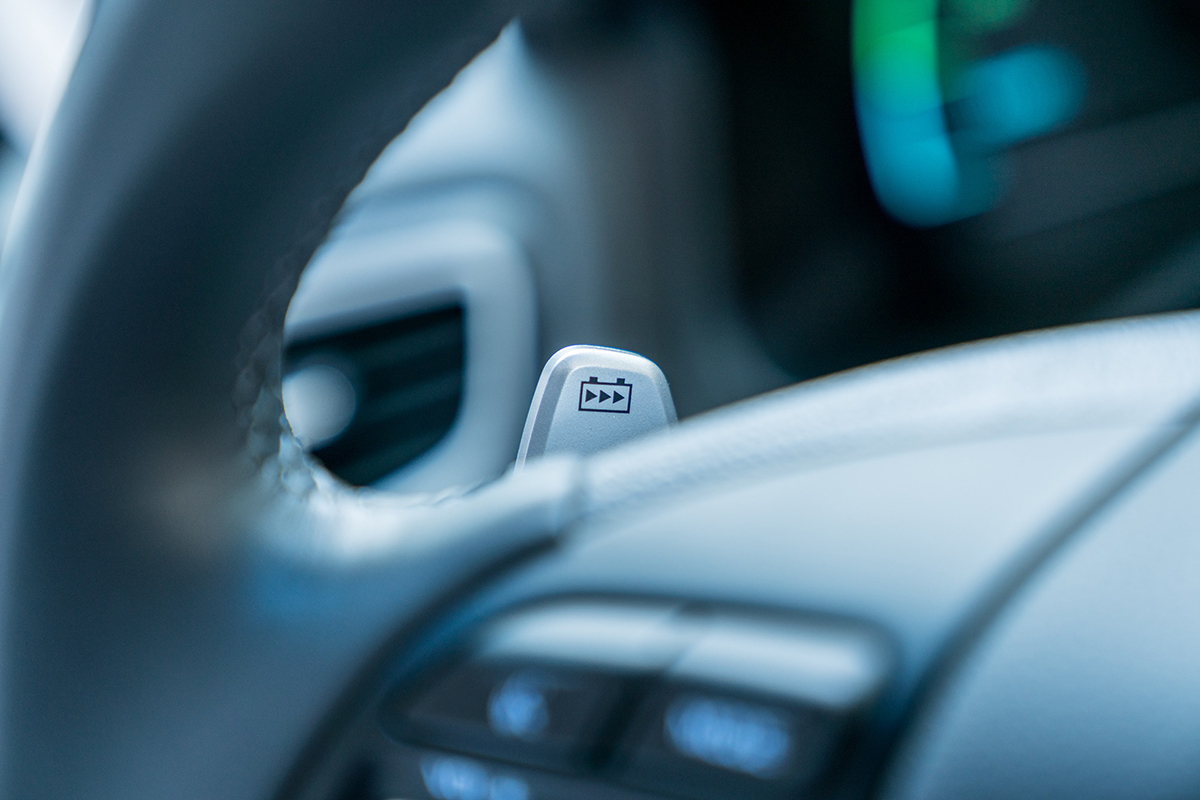
One of the interesting things about driving an Ioniq EV is the regenerative braking system. With several settings, basically it uses resistance from the electric motor to slow the car and recharge the batteries. You can set the effect to one of the levels that best suit your needs. At its most aggressive setting you can actually drive the car without touching the brake until you have to come to a complete stop. Lift your foot off the accelerator pedal and the car immediately slows as if you’re applying the brake. It takes a little getting used to, but once you do, it’s not an issue.
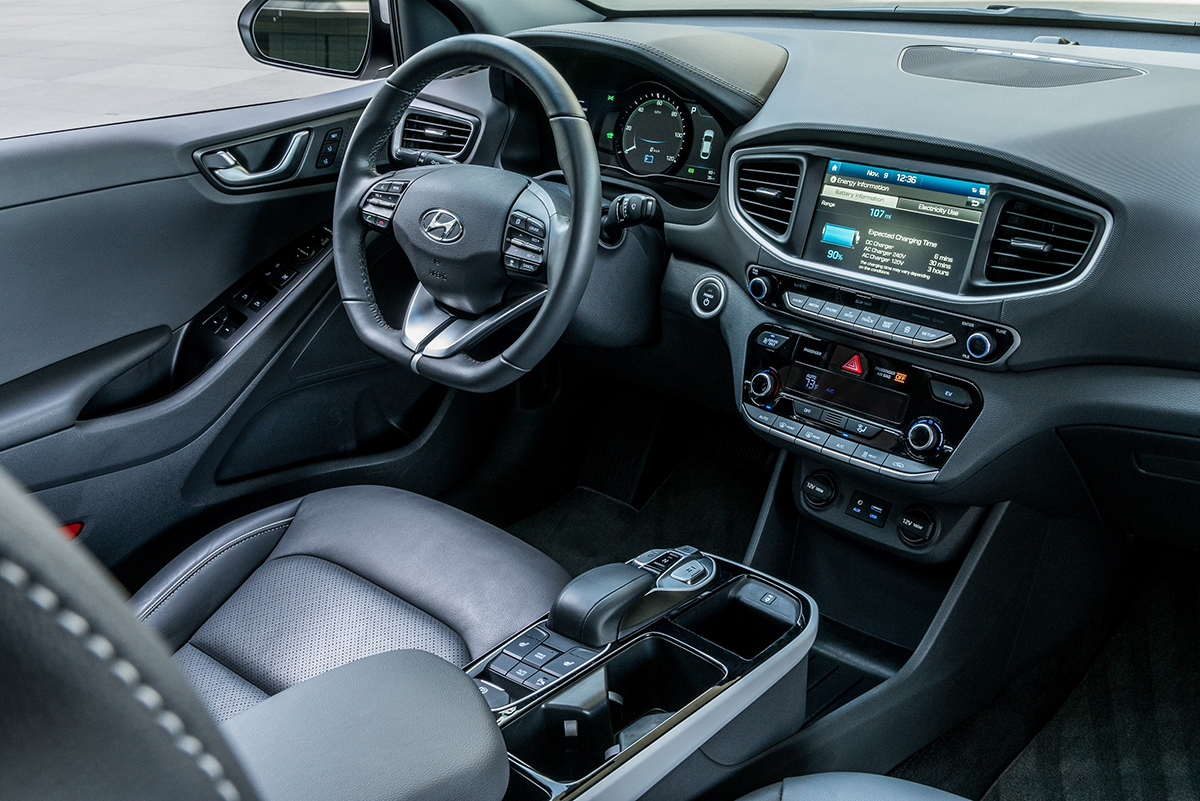
Inside, Ioniq wears its economic outlook well. There’s nothing fancy here and fortunately there’s nothing trying to be fancy. Materials are honest, understated, and well deployed. Hard plastics are kept to a minimum. There’s no fake carbon fiber or plastic masquerading as aluminum. No one will confuse this for a Lexus or BMW, but then again no one buying a $22,000 electric car expects anything that approaches luxury.
So here’s the bottom line. The Ioniq brings all-electric driving to a whole new set of drivers. The range, while appropriate for 90% of the driving most people do, may give some pause, but if you have a charger at home, it won’t be an issue day to day. If you live in an area with a decent charging network even longer trips aren’t out of the question. As for the driving experience, they Ioniq delivers here as well. In fact, if people who complain about how electric cars drive spend some time at the wheel of an Ioniq, they won’t be complaining for very long.
While Hyundai paid for travel and provided the vehicle for this test, the opinions here are those of Rides & Drives


